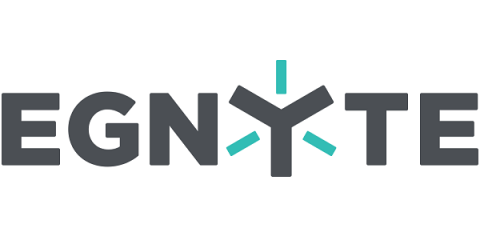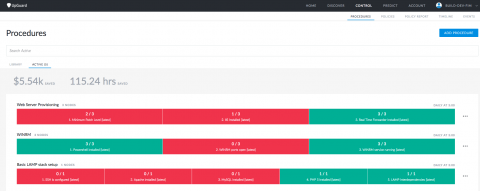Threats from within
Cyber security is a big deal these days. A very big deal. A deal worth £3.5billion to be precise. The threats are varied and numerous, with attackers constantly shifting their methods and approach to circumvent security. No matter how good cyber security gets and how thorough your processes are, the threat will always remain. What’s interesting here is that a large portion of this threat comes from within your own walls.








